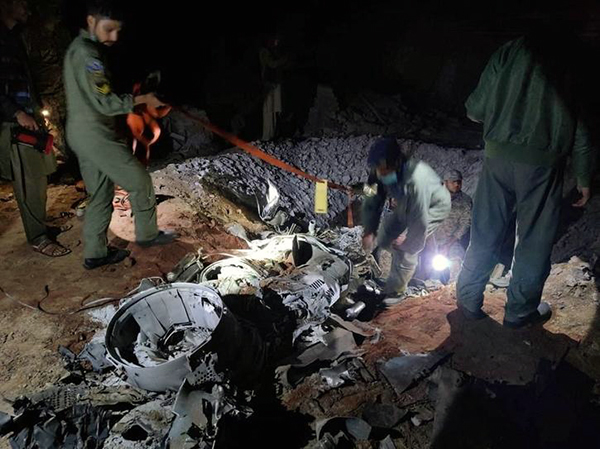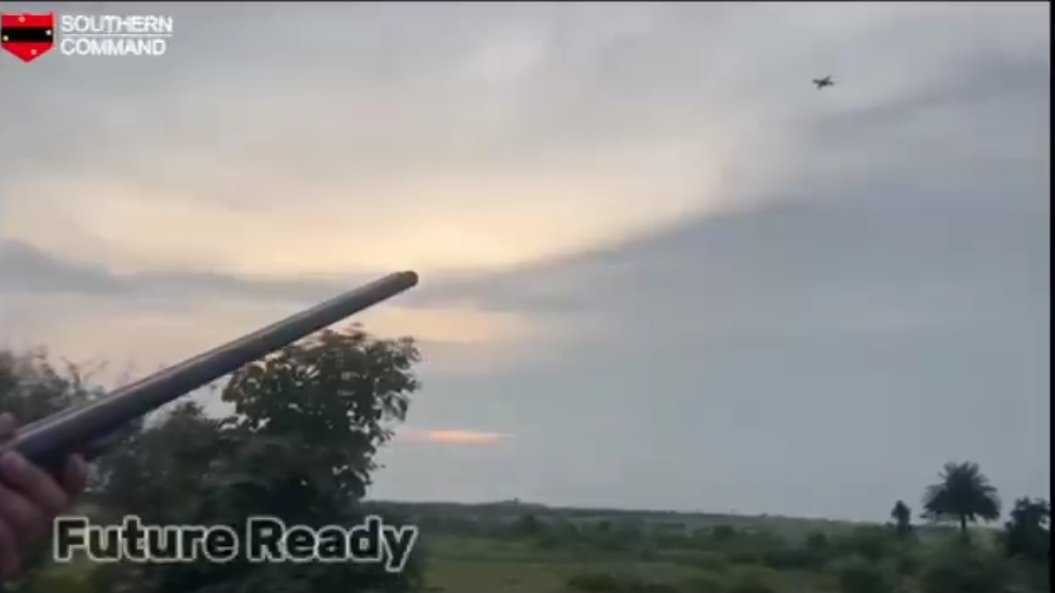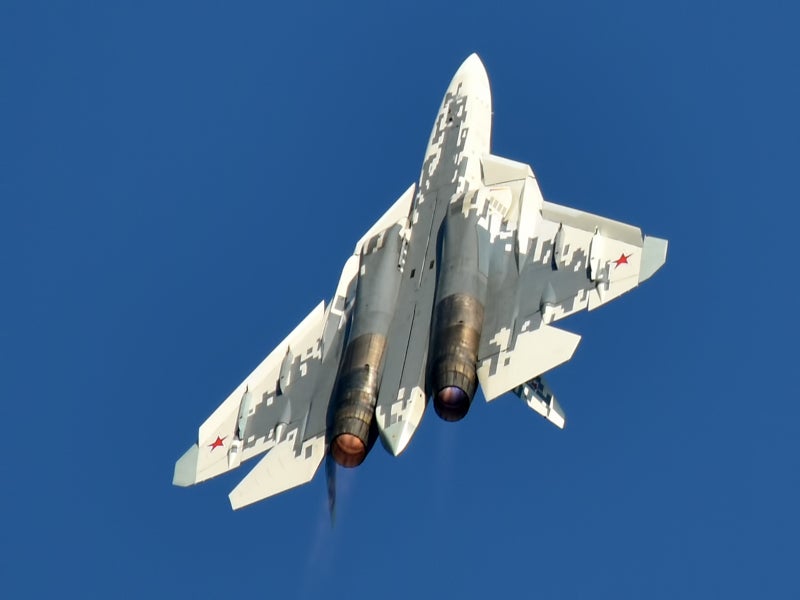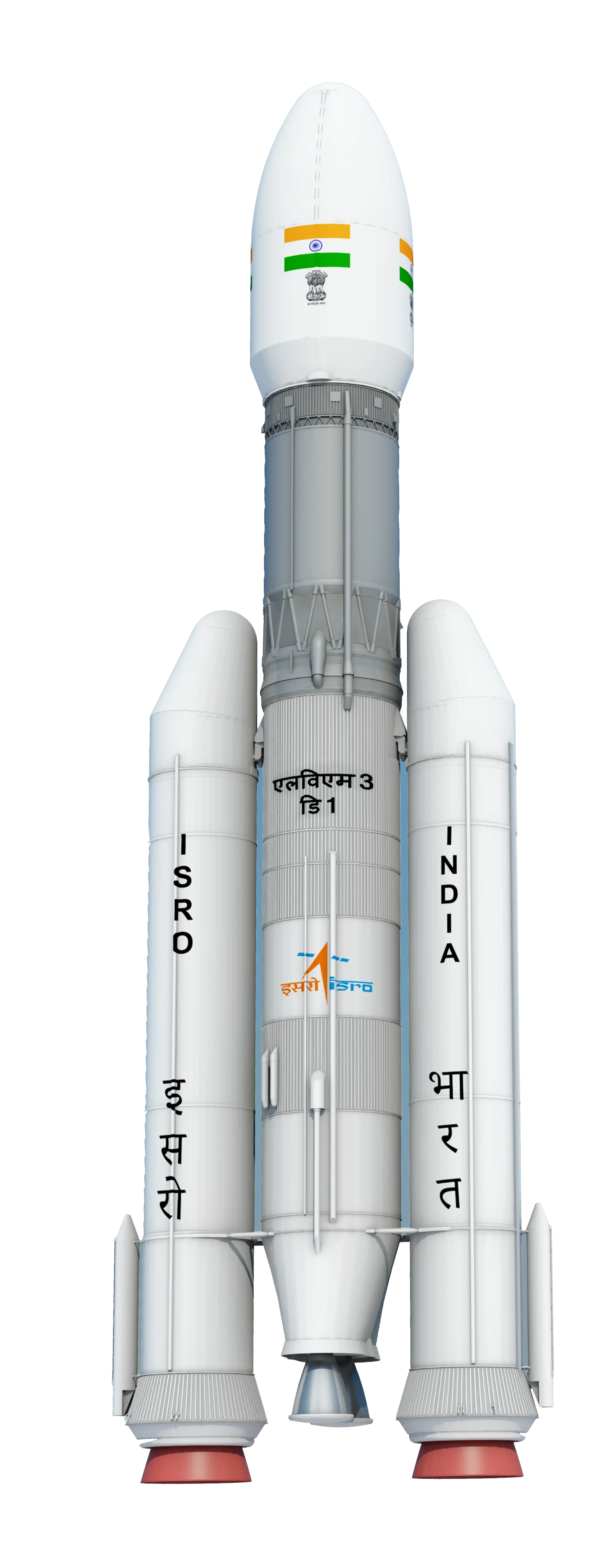SOURCE: AFI

A team of four Subject Matter Experts (SMEs) on Counter Unmanned Aerial Systems (CUAS) from the Royal Army of Oman paid a visit to the Army Air Defence College (AADC) in Gopalpur. During their visit, the Omani delegation was showcased the Anti-Aircraft Air Defence Simulator, a training tool designed to train IGLA missile pilots.
The simulator provides a realistic training environment by simulating missile launches, target movements, and hit-miss information. This data is invaluable for after-action reviews and analysis. The simulator’s lightweight and modular design make it easy to upgrade and adapt to evolving training needs.
Continue readingSOURCE: RAUNAK KUNDE / NEWS BEAT / IDRW.ORG
The Indian Navy has received approval for the construction of an additional S-4 class nuclear ballistic missile submarine (SSBN), according to a report by ANI. This will bring the Navy’s fleet of nuclear ballistic missile submarines to a total of five units.
INS Arihant and INS Arighat, the existing SSBNs, have a submerged displacement of approximately 6,000 tons and are sister ships with the same basic design. However, INS Arighat incorporates significant internal upgrades, making it more advanced than INS Arihant.
Continue readingSOURCE: RAUNAK KUNDE / NEWS BEAT / IDRW.ORG

Germany’s ThyssenKrupp Marine Systems (TKMS) has proposed a state-of-the-art submarine variant to India, the customized T-214, equipped with Next-generation Air Independent Propulsion (AIP) systems. This advanced AIP technology includes a reformer that produces hydrogen on board, eliminating the need for storing hydrogen in large, cumbersome tanks—a significant innovation that enhances both the safety and operational efficiency of the submarine.
The reformer is a critical component of the AIP system, responsible for producing hydrogen through the reformation of liquid hydrocarbons, such as diesel. This process involves a series of chemical reactions that convert these hydrocarbons into hydrogen gas, which is then used in fuel cells to generate electricity.
Continue readingSOURCE: RAUNAK KUNDE / NEWS BEAT / IDRW.ORG

In a proactive move to counter the growing threat of drones on the battlefield, the Indian Army has issued a call for a portable drone detector that can be easily carried by soldiers. The demand for such a device arises from the increasing use of FPV (First Person View) drones by adversaries, which can be difficult to detect and neutralize.
The Army is looking for a compact device capable of detecting drones operating across a wide frequency spectrum, ranging from 600 to 6,000 MHz, and even beyond this range. Additionally, the detector should be able to accurately determine the drone’s trajectory with a low direction angle of 15 to 30 degrees.
Continue readingSOURCE: AFI

The Indian Air Force’s (IAF) ambitious plan to acquire 114 Multi-Role Fighter Aircraft (MRFA) is finally nearing a crucial stage. As per reports from idrw.org, the IAF is expected to issue a Request for Proposal (RFP) to interested vendors and Original Equipment Manufacturers (OEMs) by mid 2025 or early 2026.
This long-awaited RFP is likely to see proposals from leading global aviation giants, including:
Continue readingSOURCE: AFI

Vivek Krishnan, CEO of SSS Defence, has expressed his views on the recent acquisition of SIG 716i rifles by the Indian Army. In a series of tweets, he criticized the government’s decision and outlined his company’s approach to the situation.
Krishnan argued that the government should have opted for a private solicitation and insisted on Indian design and content. He believed this would have encouraged domestic manufacturers to compete and develop better alternatives. He also questioned the need for acquiring more of these rifles, suggesting that a thorough comparison with existing in-service systems would have been sufficient.
Continue readingSOURCE: AFI

The Russian-built Oniks cruise missile, a close cousin of the Indian-Russian Brahmos, has been making waves with its impressive stealth capabilities. Recent reports suggest that the missile’s frontal radar cross-section (RCS) is as low as 0.15 square meters in the X-band (10-12 GHz), making it extremely difficult to detect for radar systems. While the RCS may be slightly higher in the S and C bands, it remains a formidable challenge for air defense systems.
The effectiveness of the Oniks missile was demonstrated during the ongoing conflict in Ukraine. Despite facing a sophisticated Ukrainian Integrated Air Defense System (IADS), which is generally considered more advanced than Pakistan’s, Russia was able to successfully deliver 199 out of 211 Oniks missiles to their targets. This remarkable success rate highlights the missile’s ability to evade detection and interception.
Continue readingSOURCE: AFI

The Southern Command of the Indian Army recently conducted its Annual Field Firing exercise, showcasing the seamless synergy and integration between various weapon system platforms. One of the notable highlights of the exercise was the demonstration of a shotgun being used by tank crews as a close-in anti-drone weapon system.
The use of shotguns as anti-drone weapons has gained prominence in recent years, particularly in the context of the ongoing Ukraine war. Russian troops have increasingly employed shotguns to counter the threat posed by small, fast-moving fixed-wing drones (FPVs). The shotgun’s lethality in close combat, combined with its relatively low cost and ease of use, has made it a popular choice for anti-drone operations.
Continue readingSOURCE: IDRW.ORG TEAM
Tomorrow, the Indian Navy is set to induct its second nuclear ballistic missile submarine, INS Arighat. The historic event will be graced by the presence of Rajnath Singh, the Defense Minister of India, and Admiral Dinesh Kumar Tripathi, the Chief of the Naval Staff. Senior Naval officials, scientists from the Defense Research and Development Organization (DRDO), and the Bhabha Atomic Research Centre (BARC) will also be in attendance.
INS Arighat is a sister ship of the lead submarine INS Arihant and is part of the Arihant class of nuclear-powered submarines. However, due to technological advancements over the years, INS Arighat is significantly more advanced than its predecessor.
Continue readingSOURCE: IDRW.ORG TEAM

ideaForge Technology Limited, a leading Indian drone manufacturer, has achieved a major milestone with the Directorate General of Civil Aviation (DGCA) granting type certification to its latest unmanned aerial vehicle (UAV), the Q6 V2. This certification validates the Q6 V2’s compliance with stringent safety and quality standards, solidifying ideaForge’s position as a prominent player in the drone industry.
The Q6 V2 builds upon the success of its predecessor, the Q6 drone, which has gained recognition for its exceptional performance and versatility across various sectors, including defense, civil, and enterprise applications. The new model incorporates advanced features and enhancements, further expanding its capabilities.
Continue readingSOURCE: AFI

The Twin Engine Deck Based Fighter (TEDBF) program, undertaken by the Indian Navy in collaboration with the Aeronautical Development Agency (ADA), holds significant promise as a potential solution for the Indian Air Force’s (IAF) Medium Refueling and Transport Aircraft (MRFA) tender.
With its advanced capabilities and cost-effectiveness, the TEDBF could be the ideal choice for the IAF’s future fleet.
Continue readingSOURCE: AFI

Vishnu Som, a senior journalist at NDTV, has raised a critical question regarding India’s air power capabilities in the face of growing Chinese military might. He argues that India needs to make significant investments to achieve parity with China’s air power, or risk facing a precarious security situation.
According to Som, China’s possession of nearly 300 J-20 stealth fighters underscores the urgency of India’s situation. The acquisition of 50 additional Rafales, while a valuable addition, would not be sufficient to neutralize this threat. He emphasizes the need for a comprehensive and aggressive approach to bolster India’s air power.
Continue readingSOURCE: AFI

S. Somanath, the chairman of the Indian Space Research Organisation (ISRO), has made a bold claim that ISRO’s medium-lift Launch Vehicle Mark-3 (LVM-3) is already competitively priced compared to SpaceX’s offerings. In an interview with Reuters, Somanath stated, “If you are looking at a dedicated launch on LVM-3 and the SpaceX, if you get a quote, both will look alike.”
This assertion is significant for several reasons. First, it positions ISRO as a serious contender in the global commercial space launch market, which has been dominated by SpaceX in recent years. Second, it suggests that India’s space program has made significant strides in reducing costs and improving efficiency.
Continue readingSOURCE: AFI

A unique experiment is set to take place during India’s upcoming manned space mission, Gaganyaan. Fruit flies from Dharwad, scientifically known as Drosophila melanogaster, will be sent into orbit to help researchers understand the formation of kidney stones among astronauts.
Developed by the Department of Biotechnology at the University of Agricultural Sciences (UAS), Dharwad, these humble flies share approximately 77% of their genes with humans. This genetic similarity makes them invaluable for studying human diseases, including kidney stones, which are a significant concern for astronauts.
Continue readingSOURCE: AFI

Indian Railways is taking a significant step towards its goal of becoming a net zero carbon emitter by 2030. The public sector behemoth is exploring the use of nuclear power through captive units to reduce its reliance on fossil fuels and increase its adoption of renewable energy sources.
To achieve its ambitious target, Railways estimates that it will require a renewable capacity of 30,000 MW by 2029-30. In addition to nuclear power, the Railways is actively commissioning solar power units and wind-based power plants. Hydel power is also being considered as a potential source of renewable energy.
Continue reading